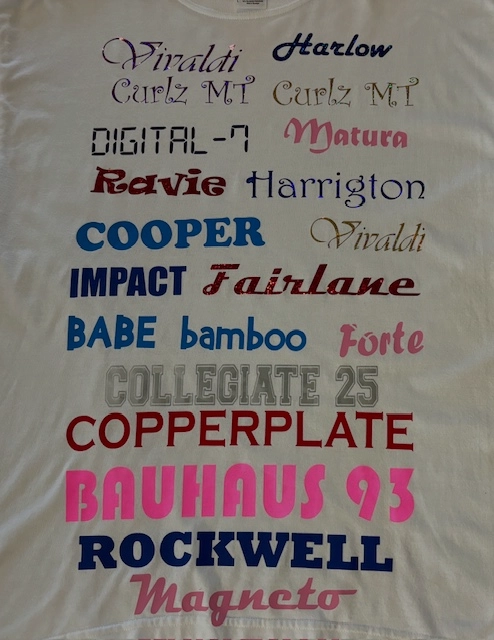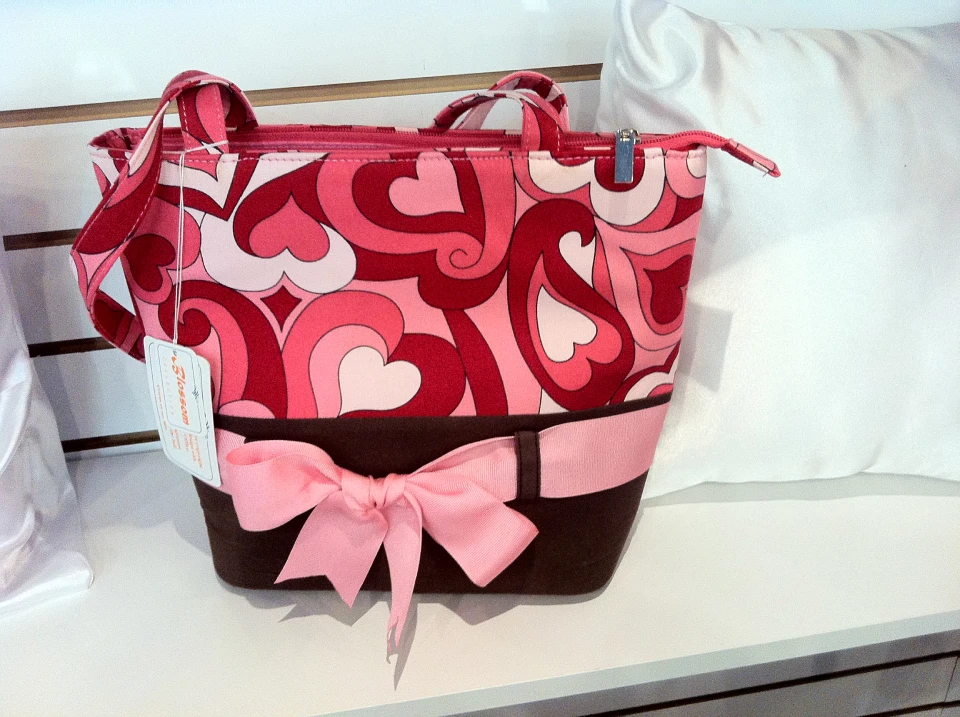The Art of Customized Embroidery: Opening the Keys to Creating Unique and Memorable Layouts
Needlework, a craft steeped in tradition and creativity, holds within its complex stitches the power to change fabric into a canvas of special expression. The keys to developing custom embroidery layouts that astound the eye and leave a lasting impression lie in a fragile balance of technique, imagination, and interest to information. As we explore the globe of custom-made needlework, we discover the nuanced interaction between thread choice, stitch complexity, and design personalization that raises a mere garment to an artwork. Join us on a trip via the art of personalized needlework as we unwind the enigmas behind crafting absolutely remarkable and distinct productions.
Selecting the Right Needlework Threads
When choosing needlework strings, what vital factors should you take into consideration to make sure the ideal outcomes for your custom designs? The option of embroidery thread is essential in identifying the final result of your embroidered layout.
Thicker threads can include dimension and texture to your design, while finer strings are optimal for elaborate information and little text. In addition, considering the shade fastness and washability of the thread is essential to make certain that your custom-made designs maintain their top quality and vibrancy over time.
Checking Out Different Stitch Strategies
To explore the world of 'Checking out Various Stitch Methods', one must understand the ins and outs and nuances that each sewing method gives the art of embroidery. Various stitch methods not just add aesthetic rate of interest yet additionally add to the overall appearance and dimension of the design. One preferred stitch method is the satin stitch, which involves very closely packed parallel stitches to produce a smooth and glossy surface, ideal for filling out shapes and developing bold details.
On the various other hand, the backstitch is a functional method often utilized for laying out and adding fine information. It involves sewing backward to produce a strong line of needlework. Additionally, the French knot stitch adds a responsive element to styles, best for developing textured accents like blossom facilities or attractive touches.
Exploring different stitch methods enables embroiderers to play with light, darkness, and deepness within their designs, elevating the visual charm and imaginative top quality of their embroidery jobs. By grasping numerous sewing the original source approaches, one can open limitless opportunities for developing one-of-a-kind and memorable custom needlework items.
Incorporating Personalized Style Aspects
Having actually checked out the complexities of different stitch strategies such as the satin stitch, backstitch, and French knot, the focus now shifts in the direction of integrating personalized layout aspects in customized embroidery tasks. Customized layout aspects play an essential role in making needlework jobs really distinct and unforgettable.
Another means to integrate individualized design aspects is by consisting of icons or themes that hold special definition to the recipient or show their rate of interests and individuality. For instance, more information integrating a favorite flower, animal, or hobby-related symbol can make the needlework layout extra significant and customized. Furthermore, selecting shades that resonate with the recipient or line up with the desired theme can additionally enhance the customization of the needlework project.
Grasping the Art of Shade Control

One secret element of shade coordination is recognizing color concept. This consists of understanding just how different shades communicate with each various other, the emotions they convey, and exactly how they can be combined to produce aesthetically appealing layouts. By using shade theory principles, embroiderers can develop harmonious shade combinations that boost the overall appearance of the layout.
Additionally, taking note of comparison is essential in color control. Utilizing contrasting colors can aid particular aspects of the layout pop, improve clarity, and produce an aesthetically dynamic embroidery piece. By grasping the art of shade coordination, embroiderers can boost their styles and create memorable pieces get redirected here that reverberate with customers and visitors alike.
Enhancing Texture With Advanced Needlework Stitches

Bullion knots, on the other hand, can be used to develop twisted, ropelike components that include a lavish feeling to the needlework. Trying out with these innovative needlework stitches enables you to push the boundaries of traditional needlework and develop genuinely special and visually appealing textures in your layouts.
Verdict
To conclude, the art of custom needlework includes a combination of choosing the appropriate strings, discovering numerous stitch methods, incorporating personalized layout aspects, grasping shade sychronisation, and enhancing appearance with sophisticated stitches. By understanding and applying these key elements, embroiderers can develop special and memorable layouts that showcase their creativity and ability. Needlework enthusiasts can open the tricks to developing lovely and bespoke pieces that stand apart and leave a lasting perception.